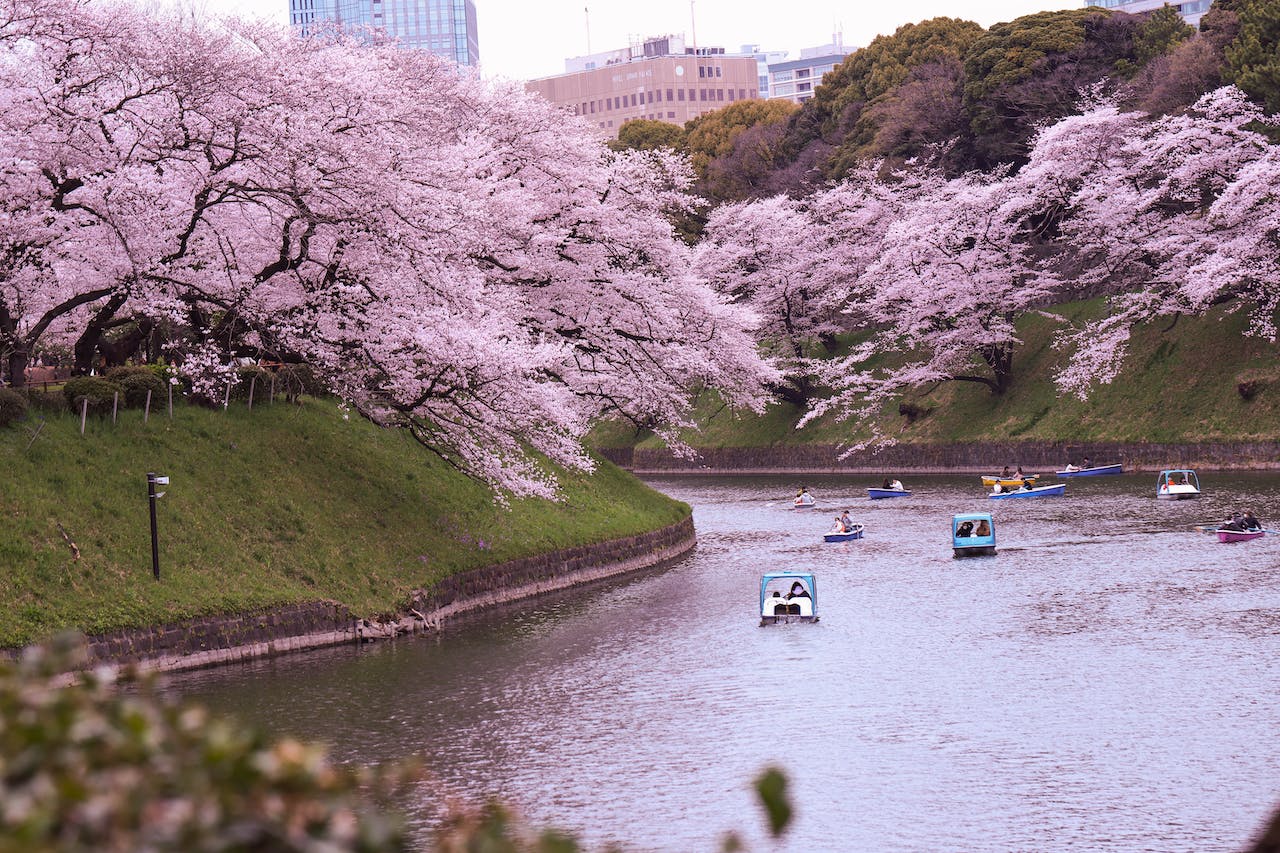Manila’s 5 Best Free Spots for Your Instagram Posts 2024

Visiting Manila wouldn't be complete without experiencing all its tourist destinations. After all, you wouldn't want to travel far abroad and miss out on its best spots. The following tourist attractions in Manila offer both metropolitan and natural experiences in one city. It’s not fun if you had landed to there and being confused because you don’t know what place you should visit. Yes of course, the fun comes from you know where to go. Let's explore Manila thoroughly by visiting these 5 must-see tourist spots!
1. National Museum of Philipines

Source : https://bluedreamer27.com/
The National Museum of the Philippines is an institution dedicated to preserving and showcasing the rich cultural, historical, and natural heritage of the Philippines. Located in the heart of Manila, it is composed of several buildings, each focusing on different aspects of Filipino heritage. Established in 1901, the main complex is situated in Rizal Park, Ermita, Manila, serving as an educational, scientific, and cultural institution.
The museum includes :
- The National Museum of Fine Arts (which displays the country's national art collections)
- The National Museum of Anthropology (focuses on the cultural heritage and artifacts of the Philippines, featuring traditional clothing, weapons, tools, and musical instruments)
- The National Museum of Natural History (shows the natural history of the Philippines, including the skeleton of Lolong, the largest crocodile in captivity, and exhibits on the country's diverse plants and animals)
- The National Planetarium (dedicated to astronomy and space science, with a dome theater for sky shows and exhibits about the stars and planets.
Operating Hours : Typically open from Tuesday to Sunday, 10 AM to 5 PM.
Entrance Fee : Free
2. Malacanang Palace
 Source : https://www.tatlerasia.com/
Source : https://www.tatlerasia.com/
Malacañang Palace is the official home and workplace of the President of the Philippines. It is located in Manila and is a symbol of the country's political history. The original building was built in 1750 by a Spanish aristocrat as a summer house by the Pasig River. In 1825, it became the official home of Spanish governors, and later, American governors. Since 1935, it has been the residence of Philippine presidents.
The palace has a mix of Spanish colonial and neoclassical architecture, showing the country's history. The complex includes several buildings, gardens, and courtyards. he Malacañang Museum and Library, located within the complex, offers insights into Philippine history, displaying memorabilia, artifacts, and artworks related to past presidents. The palace also has ceremonial rooms for official activities, like signing important documents and meeting foreign dignitaries.
Operating Hours : 8:00 AM - 5:00 PM
Entrance Fee : Free
3. Intramuros
 Source : https://coconuts.co/
Source : https://coconuts.co/
Intramuros is a historic area in Manila, Philippines, known for its rich history and Spanish colonial buildings. It was established in 1571 by Spanish explorer Miguel López de Legazpi and was the center of Spanish government during the colonial period. The district is famous for its thick stone walls built to protect the city from attacks.
One of the main attractions is Fort Santiago, an important fort from the Spanish colonial era. It is now a museum and historical site, featuring the Rizal Shrine dedicated to the national hero, José Rizal. The Manila Cathedral, also known as the Minor Basilica and Metropolitan Cathedral of the Immaculate Conception, is the main church in Intramuros. It is an important religious site and has been rebuilt several times due to earthquakes and wars. Another key site is San Agustin Church, the oldest stone church in the Philippines and a UNESCO World Heritage Site. It is known for its beautiful Baroque architecture and impressive interior.
Operating Hours : 9AM - 5 PM
Entrance Fee : Free ;but attractions and museums within the Walled City, such as Fort Santiago costs PHP 75
4. San Agustin Church
 Source : https://www.lonelyplanet.com/
Source : https://www.lonelyplanet.com/
San Agustin Church in Manila is a very important historical and religious site in the Philippines. It was built between 1587 and 1607, making it the oldest stone church in the country. Located in the old district of Intramuros in Manila, it was recognized as a UNESCO World Heritage Site in 1993 because of its historical and architectural value.
The church is built in the Baroque style, which is known for its elaborate and grand details. It has a beautiful facade, a large stone bell tower, and a decorative wooden door. Inside, the church features a high ceiling with intricate carvings, stunning frescoes, and a grand altar. The ceiling paintings were done by Italian artists Giovanni Dibella and Cesare Alberoni in the 19th century.
San Agustin Church has survived many earthquakes and the Battle of Manila during World War II, symbolizing its strength and endurance. It has hosted many important events in Philippine history, such as weddings of notable figures and various religious ceremonies. Next to the church is the San Agustin Museum, which displays a large collection of religious artifacts, artworks, and historical items. The museum helps visitors learn about the church’s history and the spread of Christianity in the Philippines.
Operating Hours :
Entrance Fee : Free entry to the church; PHP 200 entrance fee for the museum.
5. Manila Cathedral
 Source : https://www.flickr.com/
Source : https://www.flickr.com/
The Manila Cathedral, also called the Cathedral-Basilica of the Immaculate Conception, is a major Roman Catholic church in Manila, Philippines. It is the main church of the Archdiocese of Manila and one of the most important religious sites in the country.
The cathedral was first built in 1581, making it one of the oldest churches in the Philippines. It has been rebuilt several times because of damage from earthquakes and World War II. The current building was finished in 1958.
The cathedral has a Neo-Romanesque style, with a grand entrance, detailed stone carvings, and beautiful stained glass windows. Inside, the cathedral is spacious, with a high ceiling that adds to its impressive look.Some special features of the cathedral include its stunning altar, bronze doors with scenes from the life of Christ, and several chapels dedicated to different saints. Below the church, there is a crypt where important figures, like bishops and archbishops, are buried.
Operating Hours : 7:00 AM - 5:00 PM
Entrance Fee : Free
















